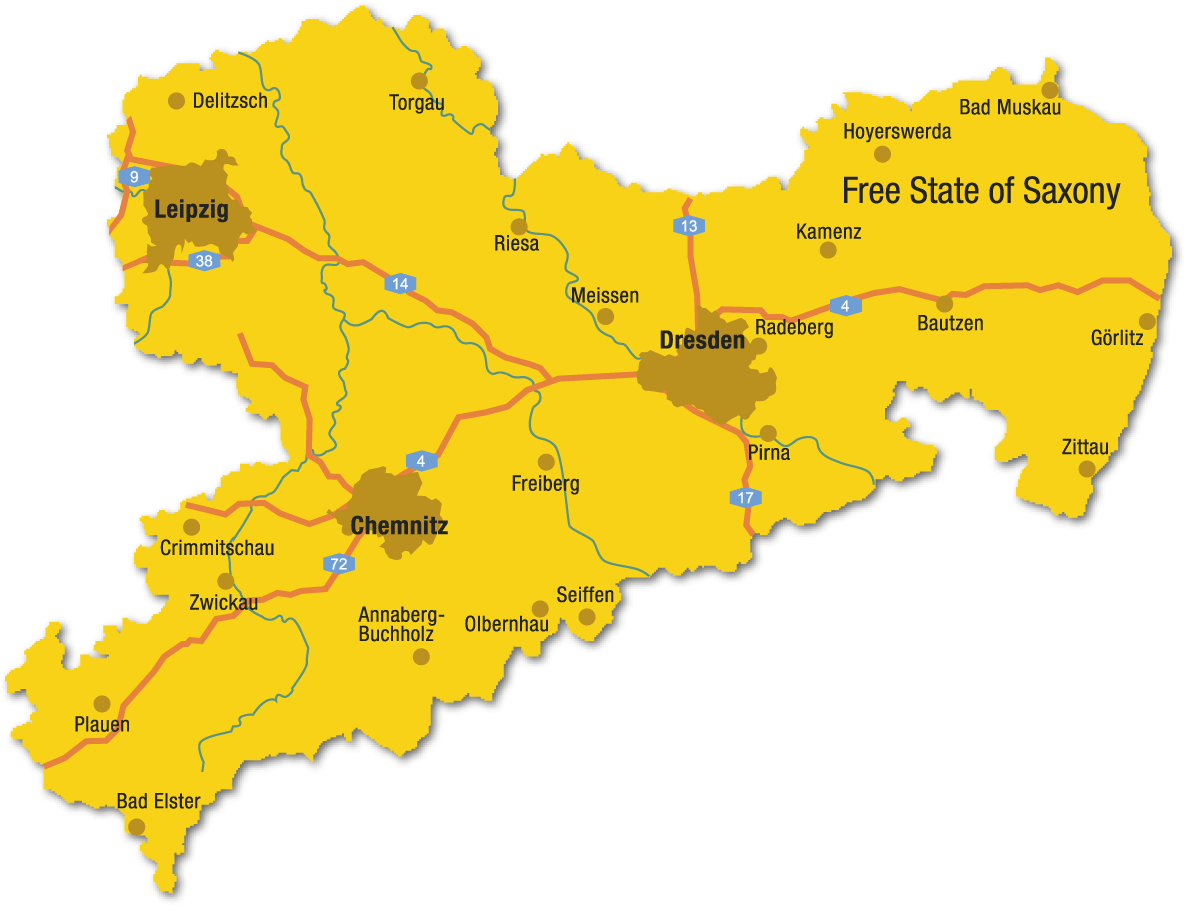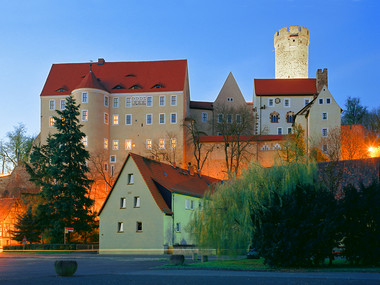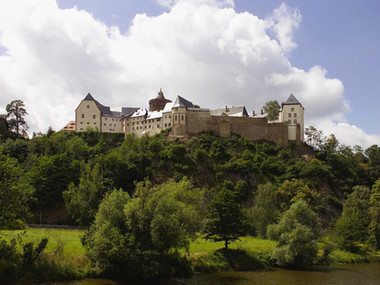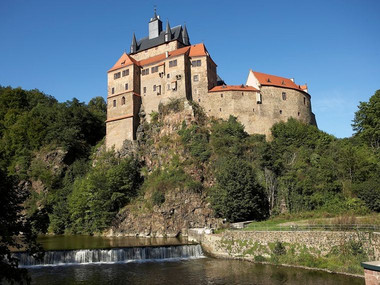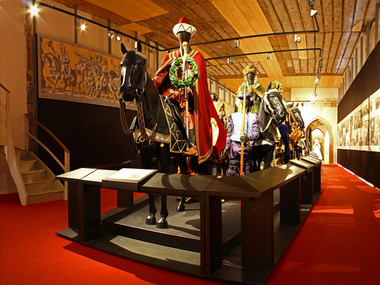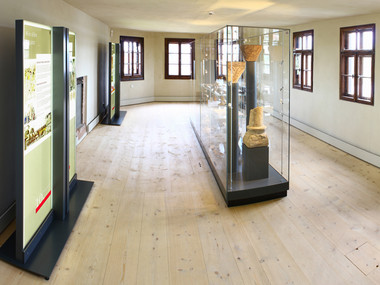Rochlitz was to be connected during the following centuries with the ascent of the Wettins. Thanks to the consolidation of the country by Margrave Conrad’s son Dedo, the castle and bailiwick saw a steep rise from 1156. With the development of Rochlitz Castle to become a permanent residence by Margrave Wilhelm I at the end of the 14th century, the fortress was turned into »sloß« Rochlitz, i.e. Rochlitz palace. At the end of the 15th century, the Wettins Ernst and Albrecht further refurbished the castle as a widow’s seat for their sister, Duchess Amalia.
One of the most important personalities of the Reformation had her widow’s seat also at Rochlitz Castle: Duchess Elisabeth of Rochlitz. Against the will of her father-in-law, Duke George the Bearded, and despite any other ill will, she immediately introduced the Reformation in the Rochlitz territory.
Another comprehensive building stage followed towards the end of the 16th century when Christian I and his wife Sophie used the place as a hunting castle. At the time of the Baroque, people developed other conceptions of how to reside royally, and tranquility moved in. The office of Rochlitz, however, and the court remained. During the Thirty Year’s War the castle complex was bombarded, besieged and freed again, several times over.
The imperial castle of Rochlitz was built presumably in the mid-10th century as part of the castle complex in the March of Meissen. Around the turn of the millenia, the castle was given to the Ekkehardingers. The castle owes its first documented evidence in 1009 when it was burnt down by Margrave Gunzelin. When the property was transferred to Margrave Konrad I of Wettin in 1143, its time as the imperial castle of Rochlitz ended.
Contact
Rochlitz Castle
Sörnziger Weg 1 | 09306 Rochlitz
Property of State Palaces, Castles and Gardens of Saxony, non profit
+49 (0) 3737 4923-10
rochlitz@schloesserland-sachsen.de
